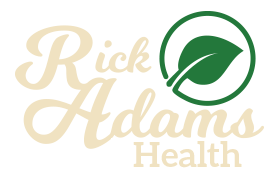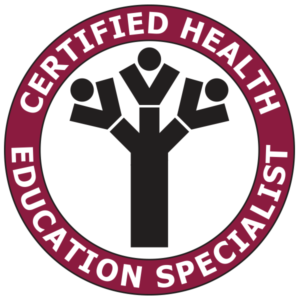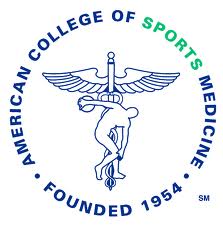3 Tips for Anxious People New to Outdoor Group Exercise
With the weather improving in much of the U.S. many Americans will find themselves wanting to get outside and be more active. During Spring and Summer it is easy to find fun events like 5K runs, group biking, or outdoor sports leagues. This can definitely be a great way to get active and meet new people. The problem is it can be difficult getting yourself to participate in these events when not having participated in one before. Some people may struggle with interacting with people they may not know or may be self-conscious they will look foolish if they try something new in front of others. Let’s go over a few ways to get over these barriers.
Bring A Friend
Going to an event alone can be somewhat nerve wracking when you may not know anyone else there. A great way to ease this stress is to bring a friend or family member along with you. There very well could be someone close to you that wants to get more active who would be willing to go with you. Let others know your interest in going to an outdoor event and ask them if they would be interested in coming with you. This also allows you to have accountability with your friend. Building accountability with others helps both of you to follow through with actually going to the events and to push each other to do your best.
Be Humble
If you have to go it alone make sure to keep an attitude of humility at these events. You may not know what to expect the first time at a 5K run, maybe you will not be able to run the entire time, which is OK. It is not necessary to do everything perfectly. Often we put unnecessary pressure on ourselves and fear the worst will happen. No one is going to stop and laugh at you. If you meet other people at the event, let them know you have never done this before and this is a brand new experience for you. Often others will help you and give you advice. Take it as a learning experience, be humble, and enjoy yourself.
Just Do It
Overthinking any situation can be detrimental to your success. There will be reasons you tell yourself why you should not go and justify it in your mind. You might feel you are not ready to be physically active around other people or you do have the best equipment, so why bother going. The key is to just get out there and do it. Make sure you understand what you are signing up for and be generally prepared, but do not make it any bigger than that. I understand how it feels to try new activities and feeling nervous about how others may judge or what they might think about me. We often make things much worse in our minds than they are in reality. So just get out there, sign up for that 5K or team sport, and give it a try.
Whatever the outdoor events that you are interested in, get out there and try it. You may find something that you want to continue long term or may encounter a new workout friend. There is a lot to benefit from and little to lose.

CHES, ACE Health Coach, AFPA Nutrition & Wellness Consultant













